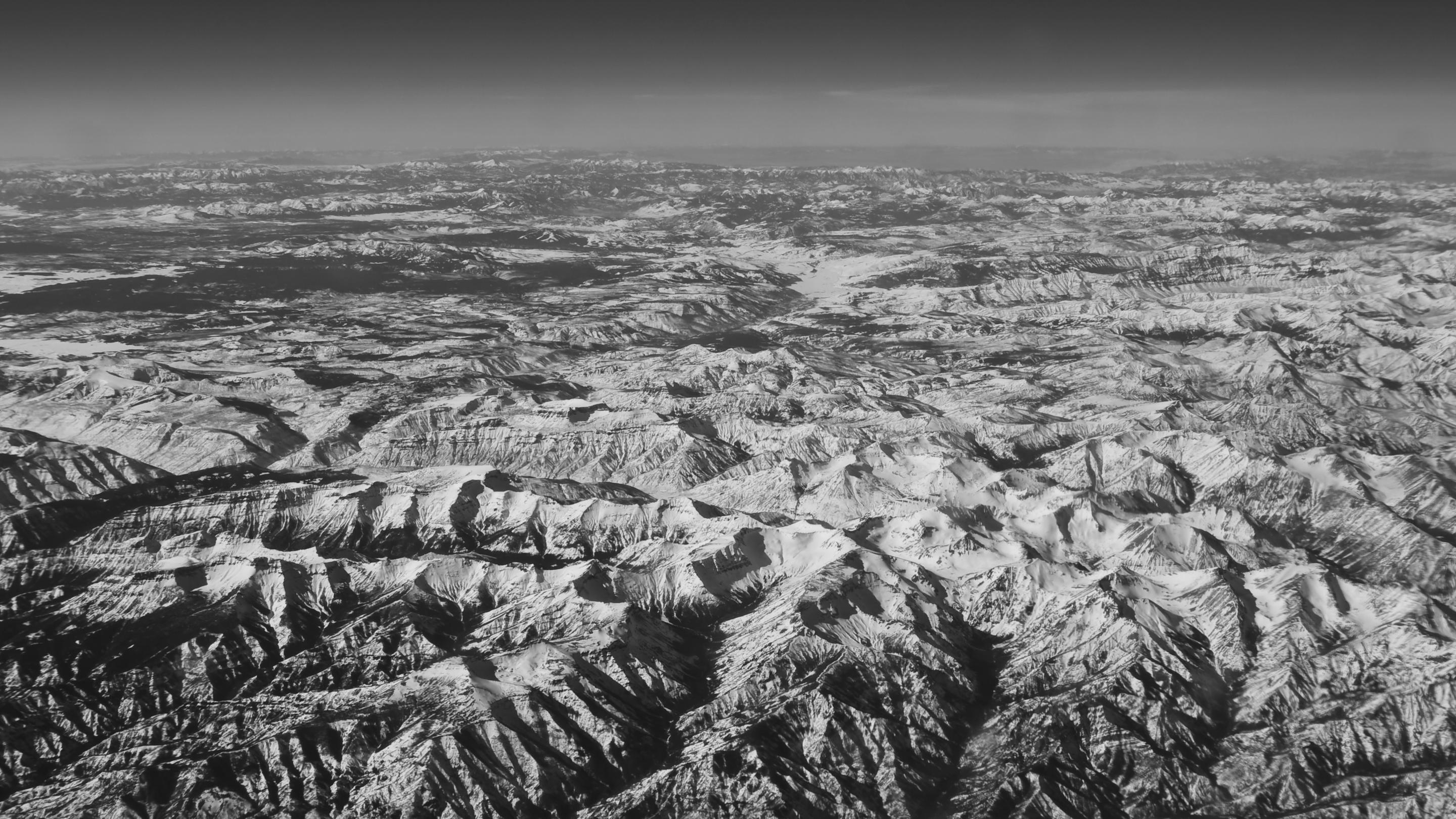United v. Wyoming: Two Mountains, Two Crashes, One Month

Aerial View of Yellowstone National Park, Wyoming, USA in Winter (44.40° N, 109.53° W)
In the spirit of #TBT (“Throwback Thursday,” not Brazil’s Tabatinga Airport) FlyerTalk takes a look back at the events that helped shape modern aviation. Here are just a few moments from history that changed the face of the industry during the week of October 25.
October 25, 1991
Airbus took to the skies to celebrate the first flight of its four-engine aircraft — the Airbus A340. Since the first flight, the recognizable aircraft has been involved in a number of famous flights, including the world’s longest commercial flight from Singapore to the U.S.
While the A340 is no longer in production, the aircraft has carried over 600 million passengers, with over 300 still in operation.
October 26, 1958
Pan Am once again became a leader in commercial aviation, offering the first regular service between the U.S. and Europe with a jet aircraft. The aptly named Clipper America Boeing 707 christened the first flight between New York’s Idlewild Airport (now John F. Kennedy International Airport) and Paris. However, the flight did not go off without a hitch: the flight had to stop in Canada for over an hour due to unanticipated headwinds.
October 27, 1988
French-Italian aircraft manufacturer ATR celebrated the first flight of their short-haul turboprop — the ATR-72. Capable of transporting 74 passengers, the aircraft became immediately popular among airlines as an efficient short-haul aircraft.
Despite over 700 deliveries, the ATR-72 may be best remembered for a dramatic crash caught on video in February 2015.
October 28, 2006
Two pilots were immediately scrutinized for their mistaken decision to land Continental Airlines Flight 1883 on a taxiway at Newark Liberty International Airport (EWR) instead of their assigned Runway 29.
While the flight landed without incident, the National Transportation Safety Board was called to investigate the incident. It was ultimately determined that the pilots were unable to distinguish the difference between the runway and taxiway at night.
October 29, 2008
After scrutiny from multiple regulatory bodies, the Department of Justice gave their approval to Delta Air Lines takeover of Northwest Airlines. The merged airline served a combined total of 375 cities around the world, employing 75,000 people across both companies.
Northwest would become fully integrated into Delta less than two years later, when Northwest Flight 2470 became the final departure for the airline founded in 1926.
October 30, 1935
United Airlines mourned the loss of four test pilots after a twin-engine Boeing collided with a mountain northwest of Cheyenne, Wyo. The incident was the second crash for United in Wyoming that month, as another one of the legacy’s aircraft collided with a different mountain near the city, killing all 12 onboard. It is widely believed the crash took place when the pilot attempted to make a maneuver during a snowstorm, not realizing he was too close to the ground.
October 31, 2003
It was the beginning of the end for the Concorde program, as British Airways’ flagship Concorde celebrated its retirement. The aircraft, G-BOAC, was the first of the supersonic aircraft delivered to the British flag carrier. In post-retirement condition, the aircraft now rests at the Manchester Airport Viewing Park museum where enthusiasts can still tour the supersonic aircraft.
[Photo: iStock]























